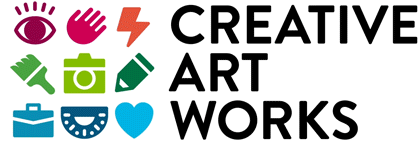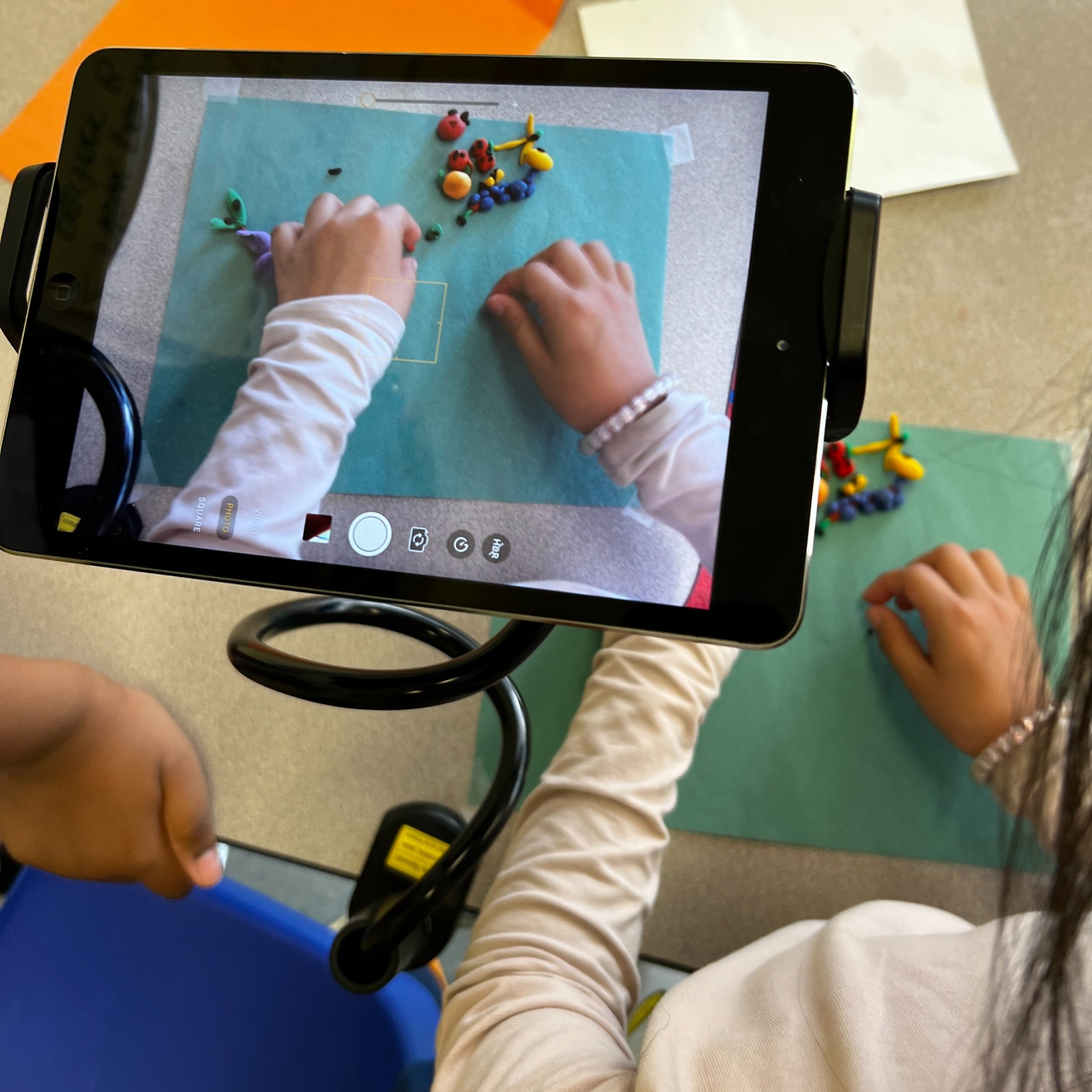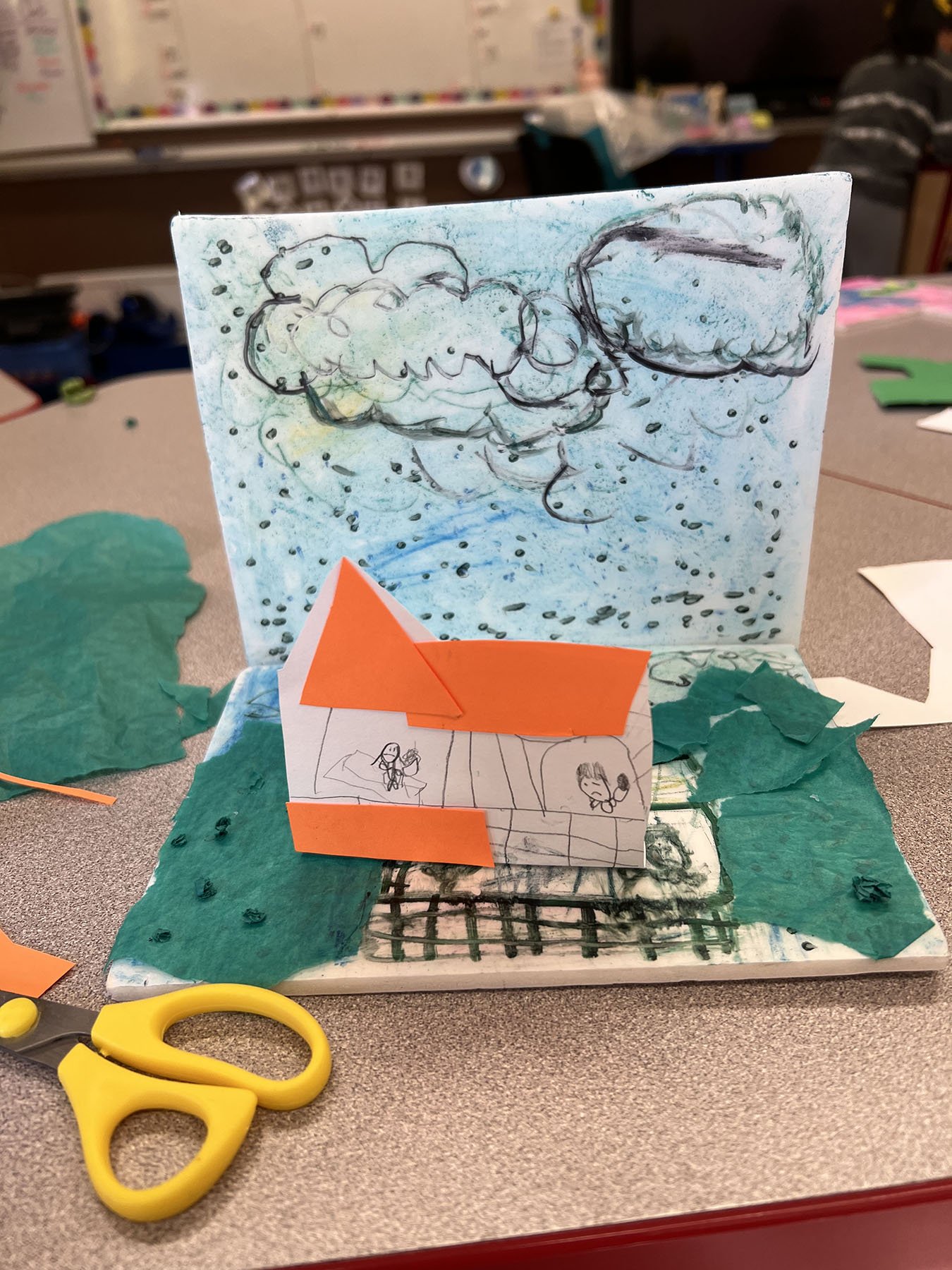An Enthusiastic Response to Making Art
A student making a diorama using drawings and paper cut outs
“There wasn’t a single day that I walked into the classroom and encountered anything other than enthusiasm. Sometimes chaos ensued, and sometimes students worked in utter focused silence; but, either way, they were truly enjoying being able to create art and express themselves.”
Making a claymation movie
The in-school art program at The William Lynch School in Hamilton Heights introduced 3rd – 4th grade students to a wide variety of materials and a broad range of art projects, including poetry collage, diormas, 3D character design, and stop-motion animation. There were two unifying threads throughout the 12-week program: a narrative element to all the projects, and the wild acclaim of the students.
As CAW Teaching Artist Maham Khwaja explained, “The main goal throughout was to have students be enthusiastic and engaged in the art they were making. Anything that happened beyond that was wonderful, but the fact that the students found active enjoyment and interest in creating artwork was the biggest success.”
Diorama
There were challenges despite the high levels of enthusiasm. Maham said, “One of the challenges I noticed initially was that students are concerned with making a mess or making mistakes. I had to let them know both those things should be happening in creating art. Once they begin to embrace the messes and mistakes, the pressure for perfection dissipates, and students generally find more enjoyment in the process.” This willingness to make mistakes and try again is an important academic behavior, whether it be making a diorama of a lemonade stand or calculating percentages. Persistence is a life skill that pays dividends.
Student gallery reception
Another common thread in this class is that there was a narrative element to all the projects. Poetry collages invited students to create a visual representation of an existing or personal poem. Dioramas challenged students to use visual language and visual cues to create a scene that depicted a story or mood. Students also built their own characters in clay with wire armatures and told short stories or actions through stop-motion animation.
The semester concluded with a pop-up gallery opening in the school library attended by scores of students, faculty and staff, and parents.
“For each project, we placed an emphasis on process and the importance of planning, storyboarding, and mapping before diving into creating. We also talked about the importance of sitting with our thoughts and giving ourselves time and space to brainstorm.”
Gallery of Student Art
This program was made possible, in part, by the West Harlem Development Corporation, and by public funds from the New York State Council on the Arts with the support of the Office of the Governor and the New York State Legislature.






















































